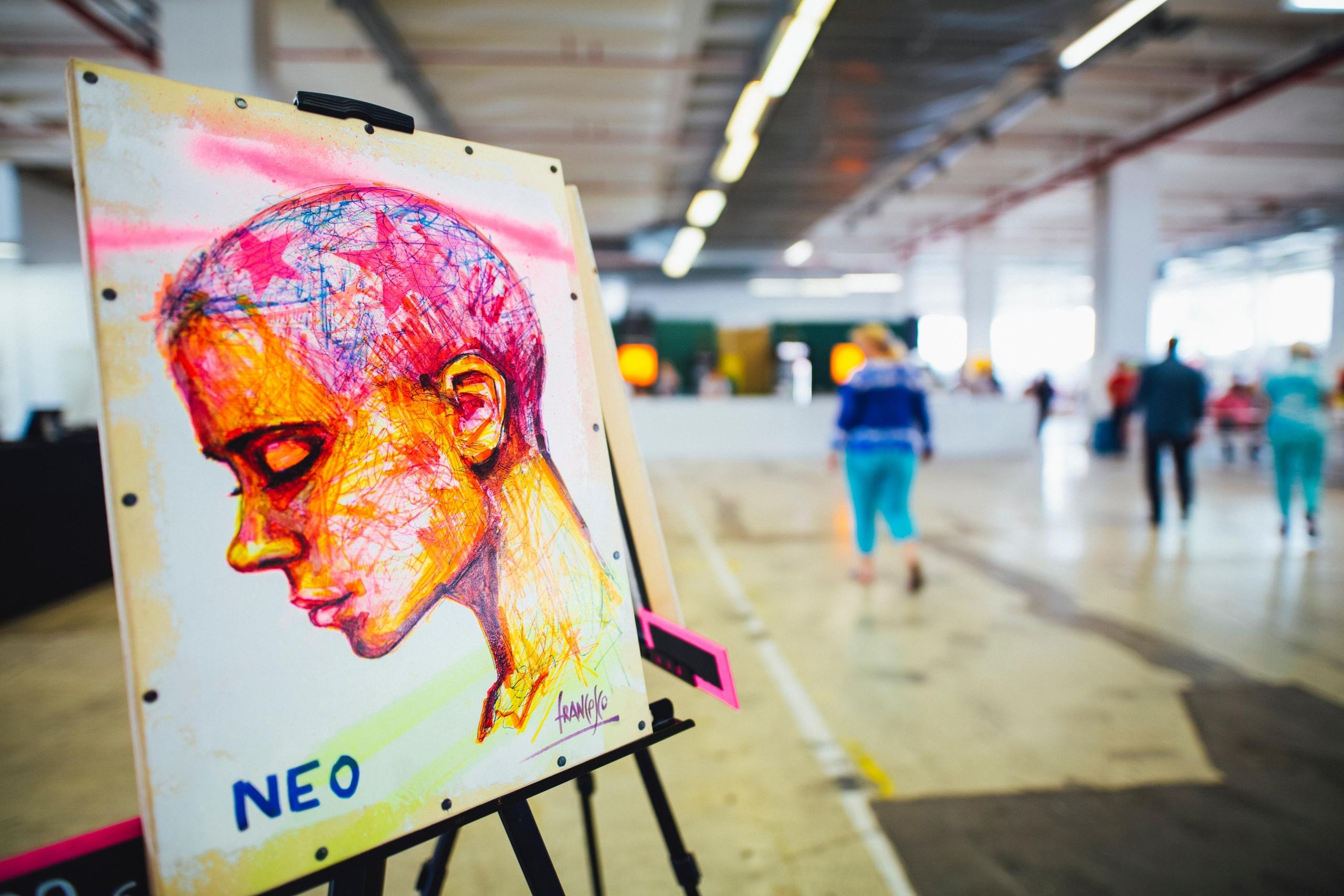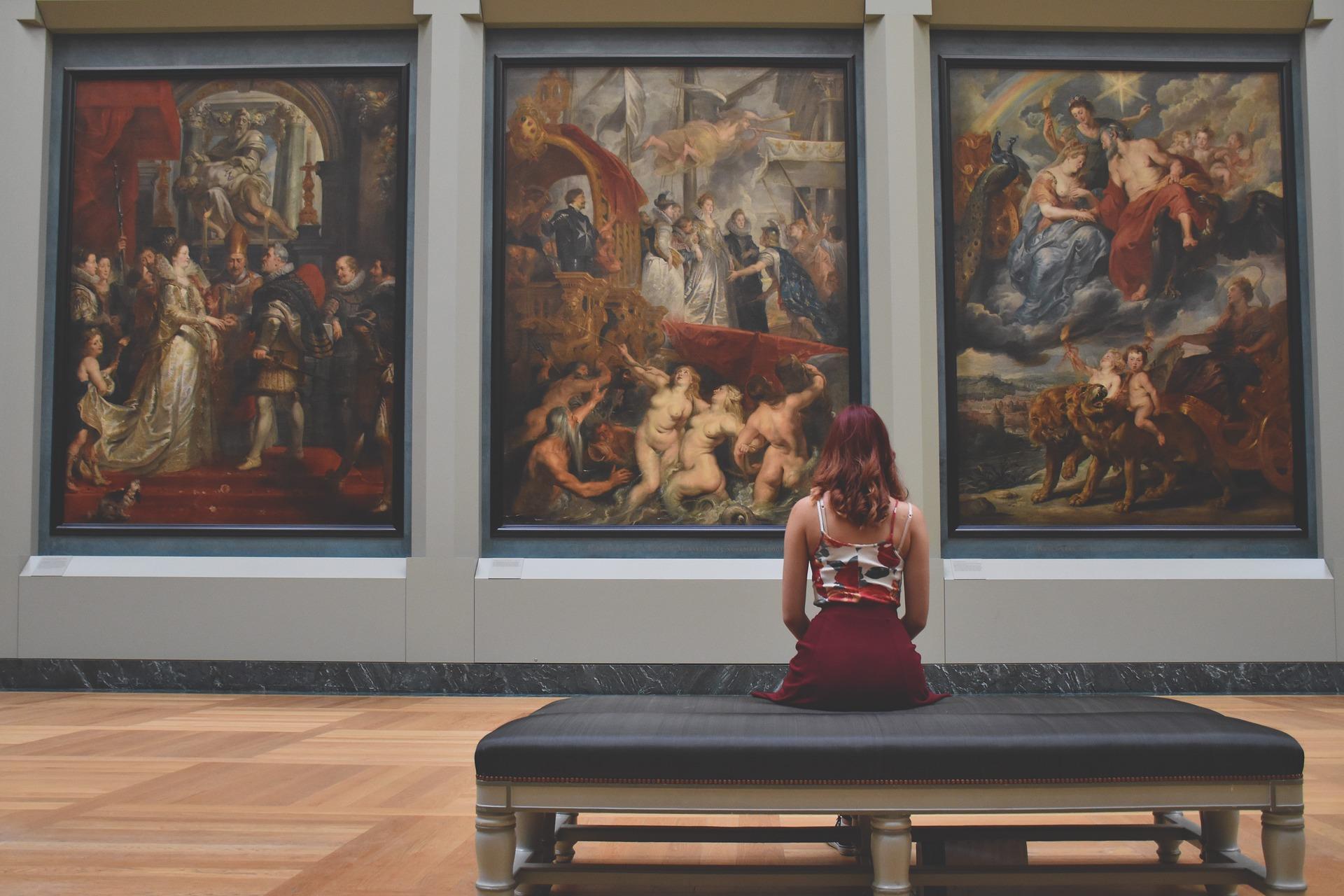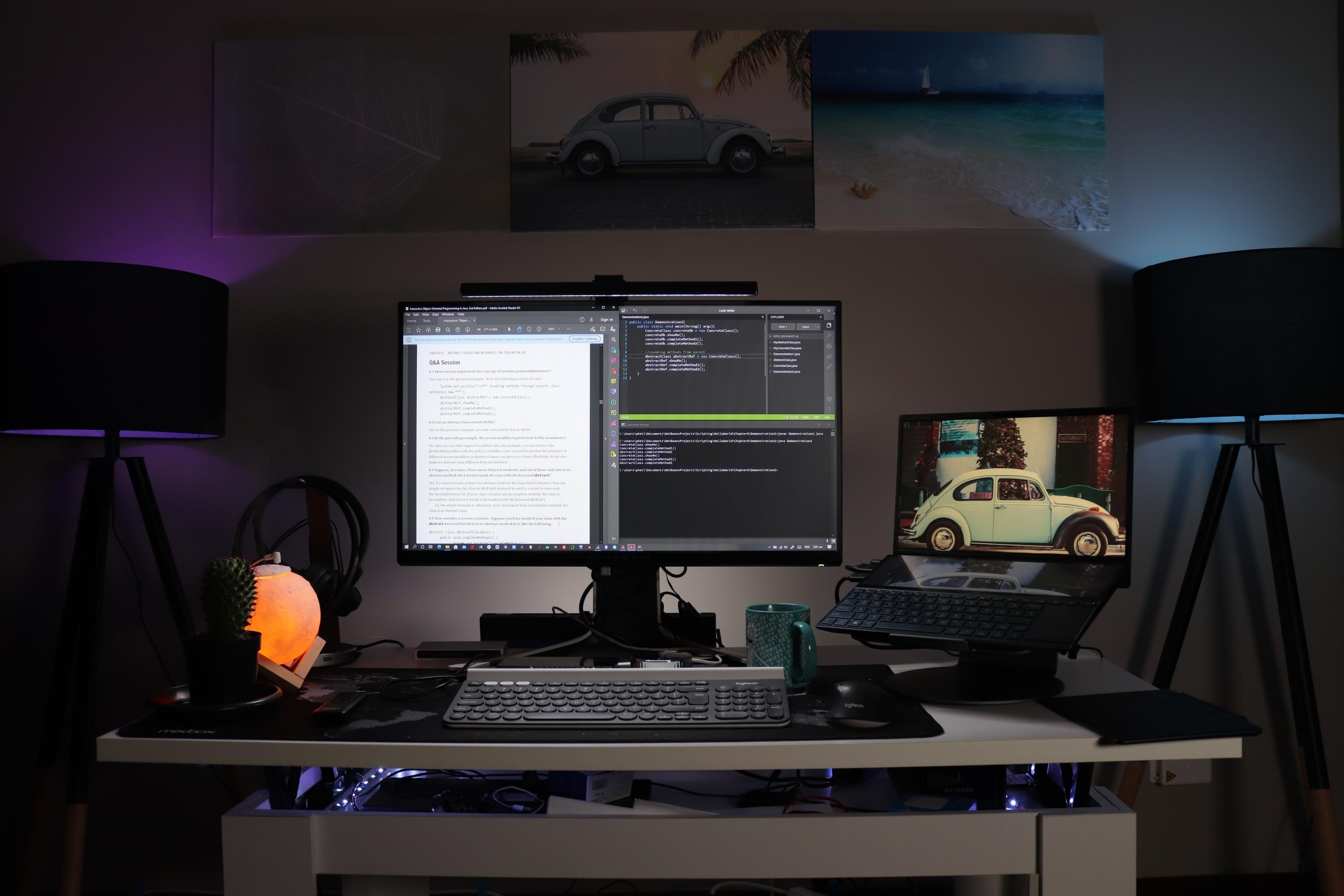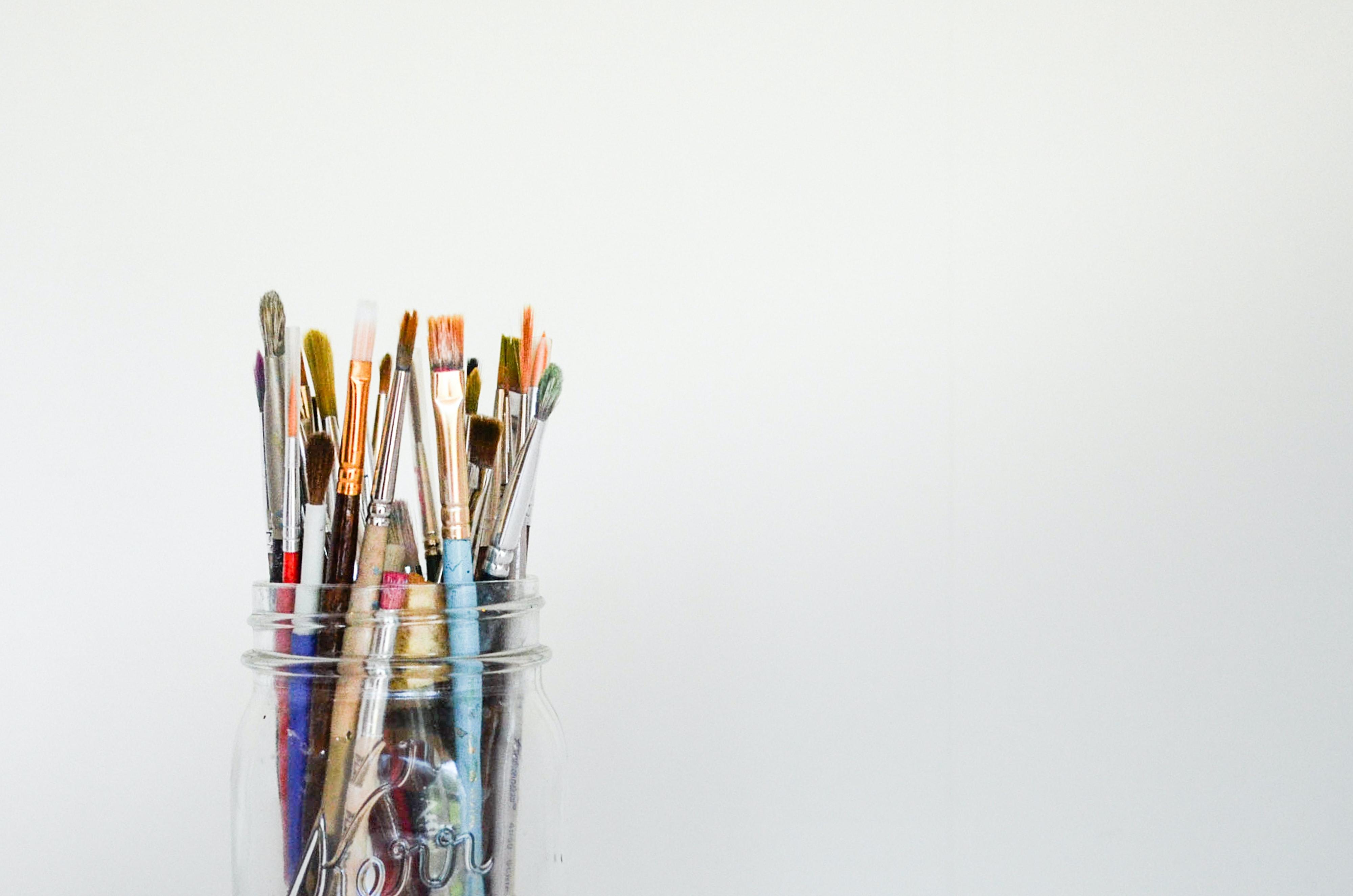NCEA Visual Arts is all about exploring big ideas and communicating these visually and with a strong sense of flair. You will find yourself responding to art that expresses feelings, ideas, moods, beliefs, identity, political and personal viewpoints. It’s a celebration of all things visual and throughout your year you will come to discern, be involved with and champion other people’s art as well as your own.
What are the pillars of your Visual Arts journey? Creativity and connection will be at the forefront, combined with a unique process of inquiry as well as production, invention and transformation. Throughout the year you will tap into your curiosity and hone your critical thinking skills. Application of technique will be at the forefront with cyclical processes to engage in your practice. This will involve refining, editing and honing your craft to make it the best possible art piece you can muster.
If you are wanting to see how taking Visual Arts can prepare you for your career have a look here. Maybe you would like to see a spotlight on the Internals that you will do during the year? Are you wanting to demystify useful art terms like Principles and Elements? Or maybe you are wanting some more tips and tricks for navigating how to tackle Visual Arts problems.
Your year will have you undertaking a range of aspects to be aware of. First up is Visual Arts Context where you will come to understand how art is actually cultivated, screened and valued. Next up is Visual Arts Processes which will have you inquiring into how art practices function. Visual Arts Practice will have you utilizing all your visual arts knowledge to create your own work. Then finally there is Visual Arts Communication where you will gain the comprehension of how to articulate and interpret the arts.
In your year you will do four internals and 1 external. Let’s look at each of the achievement standards under the microscope.

Think terminology!
First up we have 90913 which will be all about art terminology. You will need to demonstrate an understanding of artworks from a Maori context or another culture. Key phrases to consider that you will begin to tackle are understanding the arts in context, honing practical knowledge, developing ideas and interpreting your ideas. What does context exactly mean? This could include where the art is being showcased which can be everything from a marae, museum or gallery right through to a natural environment or studio/workshop environment.
To demonstrate an understanding of the artworks you will need to identify and describe the art in your own words and showcase some artistic specific terminology that you will learn during the course of the year. This means words, phrases and concepts that describe features of artwork. This is done through processes, procedures, materials and techniques. What media is being used and why? Remember that media is two-dimensional work or three dimensional. What condition and treatment is the media made in? Is it smooth, blended or expressive? You’ll also need to comment on the tools that the artist has used to make the piece. Things to consider are is the media being used in a conventional or unorthodox way? And finally the approach- is it calculated, spontaneous or methodical etc?
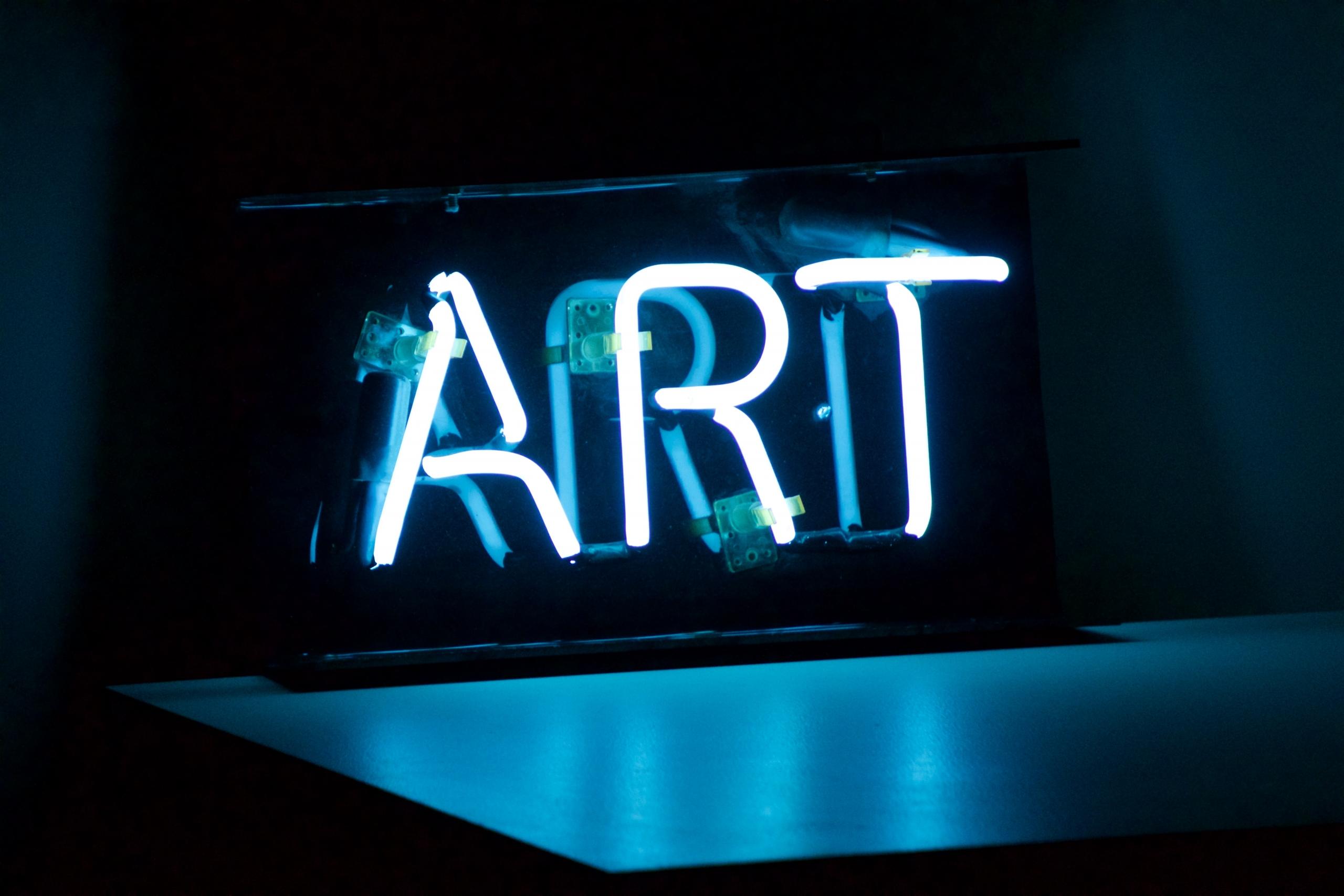
Your knowledge will need to be in-depth and demonstrate that you have a sound understanding of the context and terms. As an example, you will go beyond simply describing the art and instead discuss the relationships between methods and ideas. There is always a cause and effect between the artworks and the contexts- remember that.
You’ll then need to show an understanding of the cultural context which could refer to the background or situation of a particular ethnic group. As the year progresses you will come to utilise artistic terms that describe the conventions, processes, materials and techniques used. This assessment if passed will earn you four credits.
Throw yourself into your own art!
Next up we have 90914 which will have you flex your own artistic muscles. Detail wise, you will be drawing with methods and skills that record information using wet and dry media. As a spotlight, your drawing skills will be right at the forefront of this assessment. There will be a variety of materials and media that you encounter throughout this process. It’s also important that you look at some other artists works so you can get inspiration for your own piece. To step into Merit territory you will need to have a high level of control, meaning you will be assessed on your ability to ease that which skills are applied. For that excellence, you’ll be looking at making the art ‘with facility’. This basically means that you have an exceptional skill level with the practical application of your piece. In this assessment, you will get quite familiar with the formal elements which include line, shape, space, colour, tone, point, texture, form and mass. It’s a good idea to brainstorm first for your piece so that you can be aware of your theme and the connotations with it. This will get you 4 credits.

It's about drawing conventions
We then have 90915 which will have you using drawing conventions to develop work in more than one field of practice. Drawing involves different processes, procedures, materials and techniques. This can include everything from painting, design, sculpture, printmaking, photography. So what does develop work mean in regards to the achievement standard? This is when you build pictorial, technical or conceptual ideas in your work. This basically elevates your work to the next level by what particular techniques and aesthetics you utilize. For an achieved mark you simply need to use formal elements like line, shape, space, colour, tone, point, texture, form, mass etc. You’ll also need to use principles like balance, harmony, rhythm, tension and contrast. For that Merit, you need to use drawing conventions with understanding. This is how the elements and principles are arranged which will show in the work from the practice. Then finally to be endorsed with the excellence you need to have a comprehensive understanding of the elements and principles. Showcasing reasons why and how these are best utilized in your work. If passed you will receive 6 credits from this.
It's board time!
The next assessment is an external and is worth a whopping 12 credits. In this assessment, you will need to produce a body of work informed by established practice, which develops ideas using a range of media. This will be a portfolio that has two A1 panels. These panels will need to be somewhat connected by theme or development of ideas, each showcasing a different angle on your theme. Throughout the year you will be exposed to many different styles and imagery to inspire your boards, which will dictate how you approach your boards. It’s a good idea to choose a contemporary New Zealand artist to go off, or if you must then you can choose an international artist from the twentieth century. Progression is the keyword for both boards, where you will need to show how your ideas have developed and shifted into the final product. This can be shown through the theme or conceptual element or perhaps through the techniques that you have mastered or developed since your first work. To get an achieved you will need to show progression in your work. To get merit you will however produce a systematic body of work. This will mean that your selection and editing is of a higher calibre than the achieved level. To have a level of control will help endorse that Merit. Then if you are aiming for that Excellence then you will want to have your practice clarify ideas and be very clear with what the theme is and reiterate the changes visually. For all endorsements, you will need to show clear proof that your work is informed or inspired by the artist you pick at the start. Did you pick their style to be motivated by? Perhaps their colour choice informed what you have depicted in your boards.
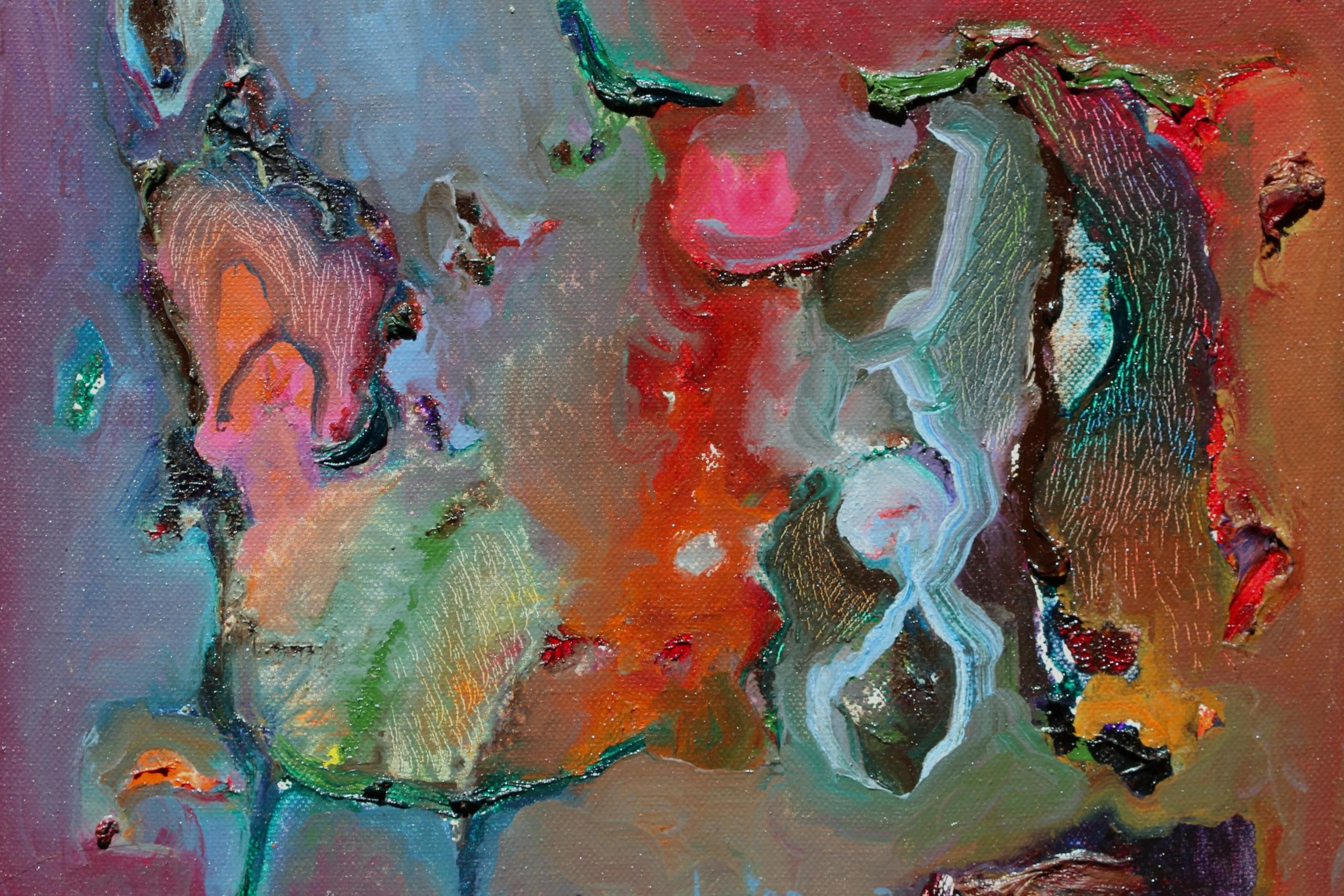
90917 will have you thinking about cultural conventions
Here in this achievement standard, you will need to demonstrate skills representative of cultural conventions. Cultural conventions will be things like exploring a variety of materials modelled by either kakahu Maori cloaks or sculpture practice. Included within this you will look at a range of New Zealand art practitioners and artists to be your guide to be inspired by. As always to attain that merit you will need to show a sense of control and demand of the artform while to achieve that excellence you will need to get your fluency into gear.
Try Superprof!
If you’re still needing some assistance with your internal work with Visual Arts or perhaps you're wanting some clarification with the external – then try Superprof. Superprof is an online tutoring platform where there is a whole bunch of tutors from a range of different subjects already to help kickstart your tutoring journey. If you're feeling stuck with NCEA Visual Arts and want someone to help guide you through, clarify things, plus give you some much-needed resources then do give Superprof a go. There is a whole range of tutors to choose from and you can do lessons online, making the selection wider. Your first lesson is free as well so there is a huge incentive to have a go and see if having a tutor is right for you.

